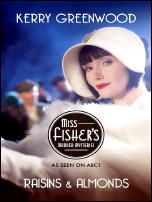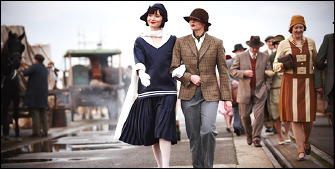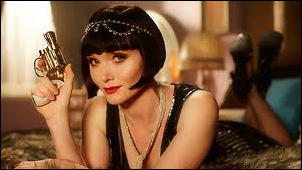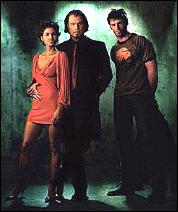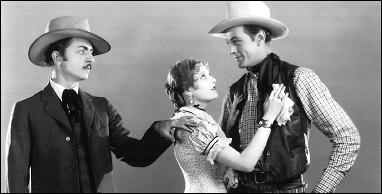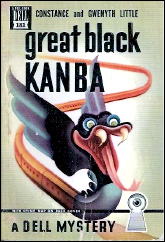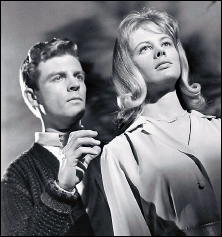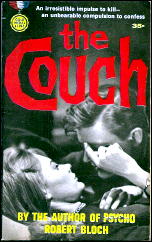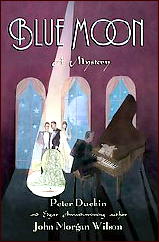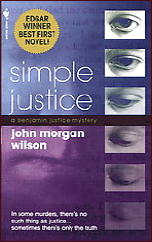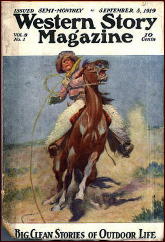TWENTY OUTSTANDING “MUSIC AND CRIME”
SHORT STORIES & NOVELETTES
A List by Josef Hoffmann
Asimov, Isaac: Mystery Tune (also: Death Song), in: Show Business Is Murder, edited by Isaac Asimov, Martin Harry Greenberg, Carol-Lynn Waugh, N. Y. 1983
Music: a simple melody. Crime: murder of a piano player.
Brown, Fredric: Murder Set to Music, in: The SAINT Mystery Library # 3, edited by Leslie Charteris, N. Y. 1959 (originally published as “Murder to Music,” in: The Saint Detective Magazine, January 1957)
Music: jazz standards. Crime: murder of an ex-jazz musician.
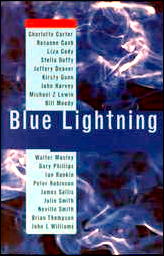
Chandler, Raymond: The King in Yellow, in: The Simple Art of Murder, Boston 1950; (originally published in Dime Detective Magazine, March 1938)
Music: jam session of “hot music.” Crime: revenge killing of a star trumpet player.
Christie, Agatha: Swan Song, in: The Listerdale Mystery, London 1934; reprinted in: Thomas Godfrey (ed.): Murder at the Opera, London 1989.
Music: opera La Tosca by Puccini. Crime: murder of a baritone.
Cody, Liza: Walking Blues, in: John Harvey (ed.): Blue Lightning, London 1998.
Music: rock music. Crime: overdose of a rockstar.
Deaver, Jeffrey: Nocturne, in: John Harvey (ed.): Blue Lightning, London 1998.
Music: Mozart; Smokey Robinson. Crime: robbery of a Stradivarius.
Gorman, Ed: False Idols, in: Ed Gorman (ed.): The Second Black Lizard Anthology of Crime Fiction, Berkeley 1988.
Music: rock’n’roll, especially Elvis Presley. Crime: murder of an old, nearly forgotten rock’n’roll singer.
Gruber, Frank: Words and Music, in Black Mask 22, No. 12 (March 1940); reprinted in: Frank Gruber: Brass Knuckles, Los Angeles 1966.
Music: a romantic hit-tune. Crime: poisoning of a song-writer.
Harvey, John: Cool Blues, in: John Harvey (ed.): Blue Lightning, London 1998.
Music: jazz, especially Duke Ellington. Crime: a series of thefts against women.
Hoch, Edward D.: The Spy Who Went to the Opera, in: Thomas Godfrey (ed.): Murder at the Opera, London 1989.
Music: opera La Gioconda by Ponchielli. Crime: espionage, attempt with a bomb.
Howard, Clark: Horn Man, in: Ed Gorman (ed.): The Black Lizard Anthology of Crime Fiction, Berkeley 1987.
Music: Traditional Jazz in New Orleans. Crime: murder of two lovers.
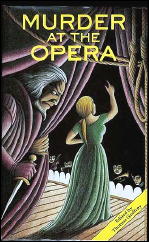
Irish, William (C. Woolrich): The Dancing Detective, in: The Dancing Detective, Philadelphia 1946 (originally published as “Dime a Dance,” in: Black Mask 20, No. 12 (February 1938)).
Music: jazz standards in a dance mill. Crime: a taxi dancer is strangled to death.
Leonard, Elmore: When the Women Come Out to Dance, in: The Best American Noir of the Century, ed. by James Ellroy & Otto Penzler, Boston, N. Y. 2010 (originally published in: Elmore Leonard: When the Women Come Out to Dance, London 2002).
Music: dance music for strippers, for example Bad Company. Crime: murder of a rich husband.
Mertz, Stephen: Death Blues, in: Ed Gorman (ed.): The Second Black Lizard Anthology of Crime Fiction, Berkeley 1988.
Music: Rhythm&Blues. Crime: attempted murder against a blues veteran.
Moseley, Walter: Blue Lightning, in: John Harvey (ed.): Blue Lightning, London 1998.
Music: blues, played with a trumpet. Crime: shooting of a woman.
Paretsky, Sara: Grace Notes, in: Windy City Blues, N. Y. 1995.
Music: sheet-music by Mozart. Crime: burglary.
Rankin, Ian: Glimmer, in John Harvey (ed.): Blue Lightning, London 1998.
Music: rock music of The Rolling Stones. Crime: killing of a concert-goer.
Reeves, Robert: Danse Macabre, in: Black Mask 23, No. 12 (April 1941); reprinted in: Otto Penzler (ed.): Pulp Fiction The Dames, London 2008.
Music: Swing, torch-songs. Crime: murder of a dance hostess.
Stout, Rex: The Gun with Wings, in: Curtains for Three, N. Y. 1951; reprinted in: Thomas Godfrey (ed.): Murder at the Opera, London 1989.
Music: operas. Crime: killing of a tenor with a revolver.
Underwood, Michael: Death at the Opera, in: Hilary Watson (ed.): Winter’s Crimes, London 1980; reprinted in: Show Business Is Murder, edited by Isaac Asimov, Martin Harry Greenberg, Carol-Lynn Waugh, N. Y. 1983.
Music: operas by Richard Wagner. Crime: murder of a opera-goer.
NOTE: Earlier on this blog: MUSIC AND CRIME: 50 NOVELS, by Josef Hoffmann.
